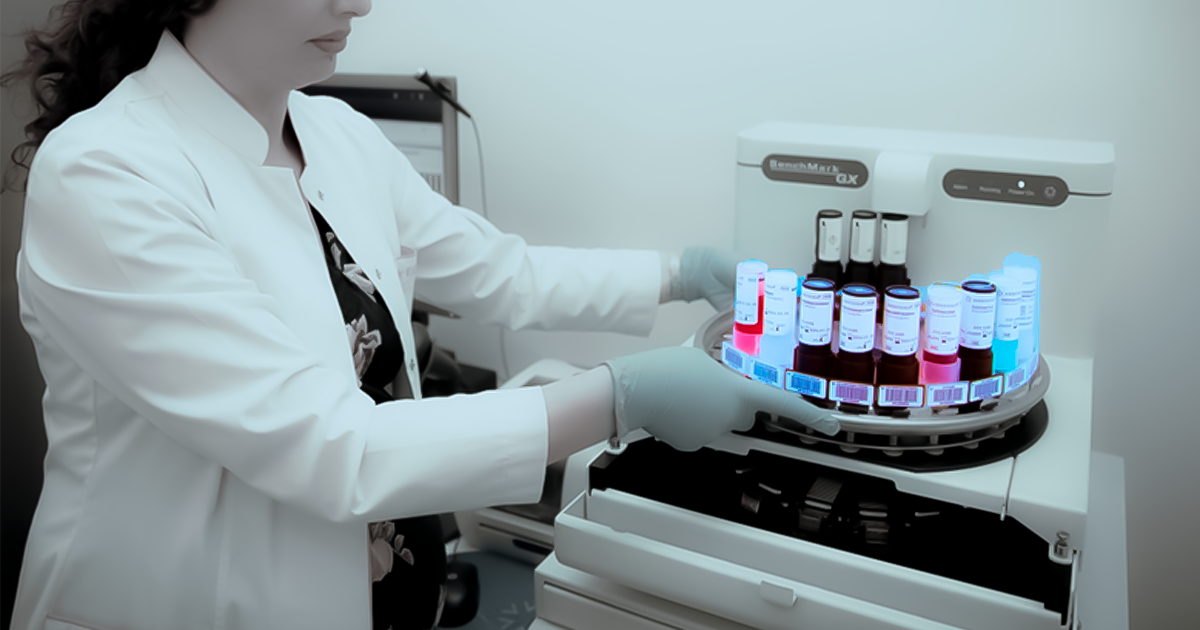“HistoGen” Armenian-German Scientific and Practical Center of Pathology performs Pap testing, followed by cytological examination.
Human papillomavirus (HPV) is one of the most common sexually transmitted infections. HPV has more than 100 described strains, some of which have a low oncogenic potential, while others have a high one and can cause precancerous changes and cancer of the cervix, anogenital region, nasopharynx, and oropharynx.
With the aim of early detection of precancerous changes in women associated with the human papillomavirus, and thereby the prevention of cancer, as well as the early detection of cervical cancer, World Health Organization has introduced a screening method for women using Pap test, which can be performed in our center.
Screenings are carried out from the age of 20-21․ The frequency is determined by the physician, depending on the patient’s age, the results of the previous examination, anamnestic data, the presence or absence of HPV infection.
In the manipulation room, a sample is taken from the cervix (ectocervix and endocervix), using special tools, smeared on a glass slide, fixed with alcohol or a special fixative, and stained in accordance with the Papanicolaou method. The latter allows us to distinguish the layers of the epithelium covering the cervix, using different colors, to visualize pathological processes as much as possible. It is very important to correctly obtain the sample, as well as to prepare, fixate, and stain the slides.
Failure in any of the steps makes the sample non-diagnosable and the patient needs to be re-intervented. In case of detection of precancerous processes, it is necessary to determine HPV, if it was not determined earlier, to conduct a colposcopy, and a biopsy, if necessary, with subsequent histological verification. It is possible to identify not only the lesions of the squamous, but also those of the glandular epithelium, which enables the clinician to choose the appropriate treatment strategy.
The Pap test also reveals inflammatory and infectious processes, fungal infections, atrophic changes, changes characteristic of the postpartum period, menopause, and individual manifestations of hormonal disorders – hyper- or hypoestrogenic conditions, which are assessed as high-squamous or low-squamous maturation of the epithelium. The sensitivity of the test is ~60%, which means that this conclusion is not definitive, and correlation of clinical and laboratory data, sometimes biopsy, is necessary for an accurate classification of the process.
Thanks to the qualified specialists of the center of [pathology HistoGen and high-quality materials, a cytological conclusion is given in a short time, on the basis of which the attending physician decides on the further tactics of managing the patient.






